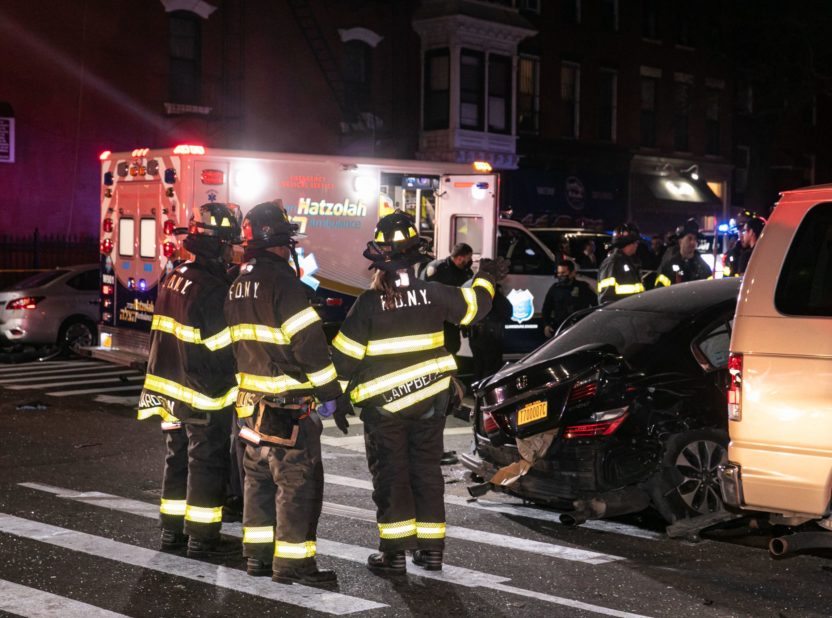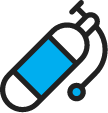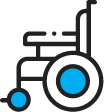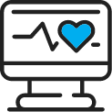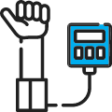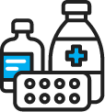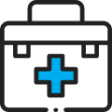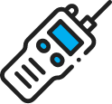DOH requires EMTs to attend 55 hours of training every 3 years. To continuously reinforce skills, we require all our EMTs to attend 2 hours of training every 30 days.
- Rotating classes keep knowledge current
- Hands-on training and specialty programs
- Computerized sign-in system tracks and ensures attendance

